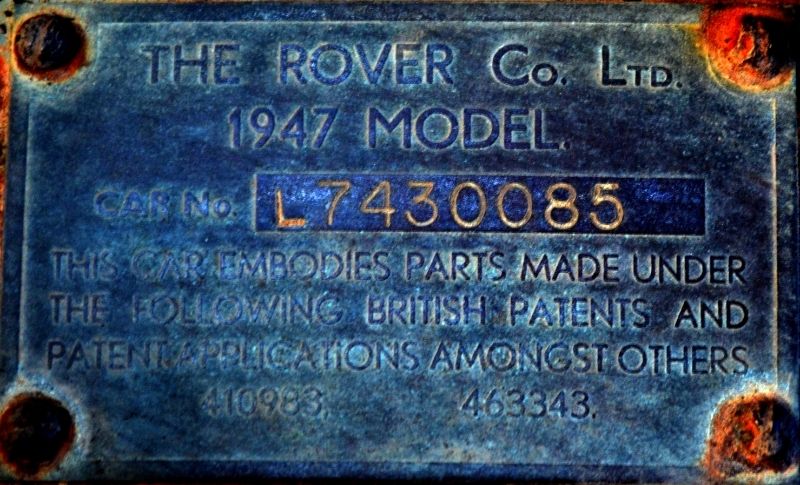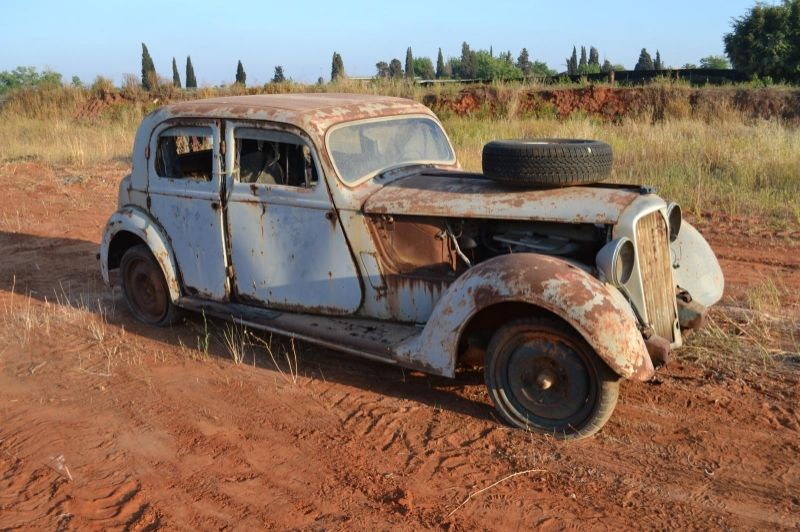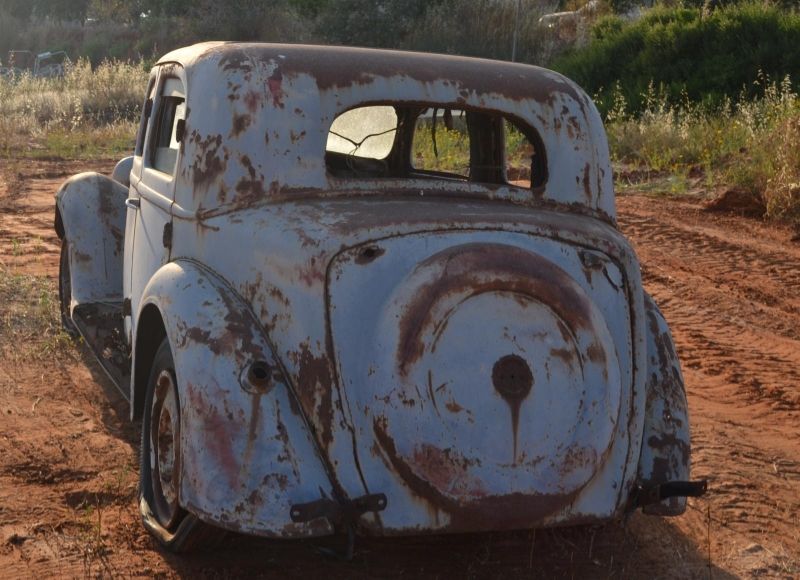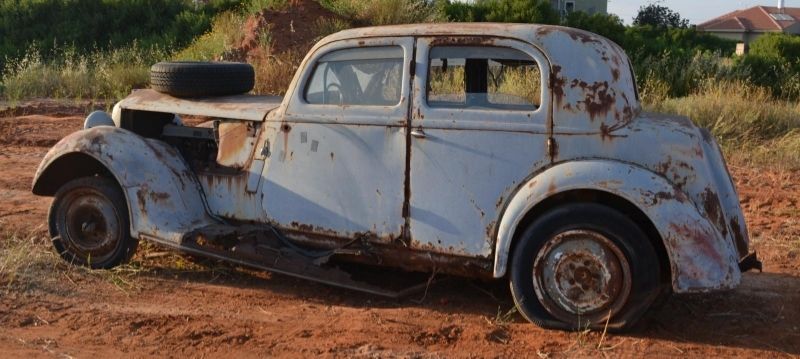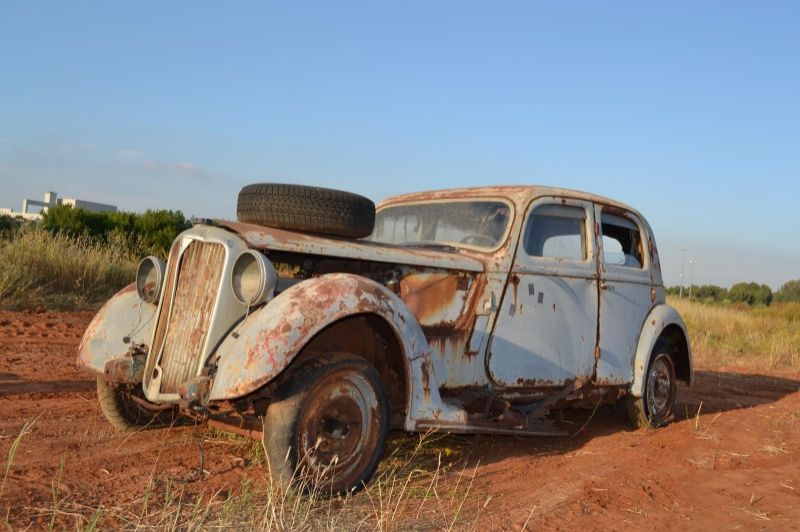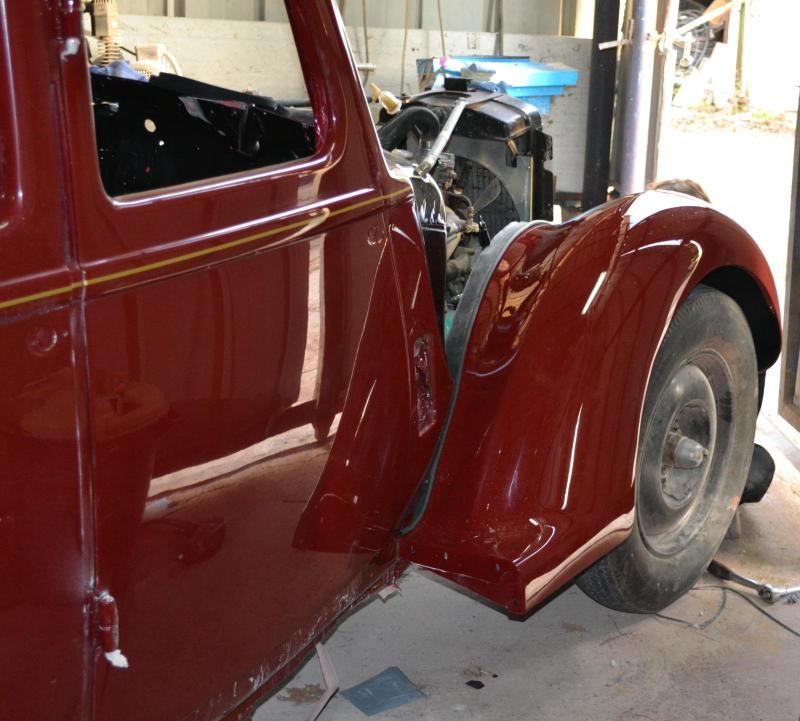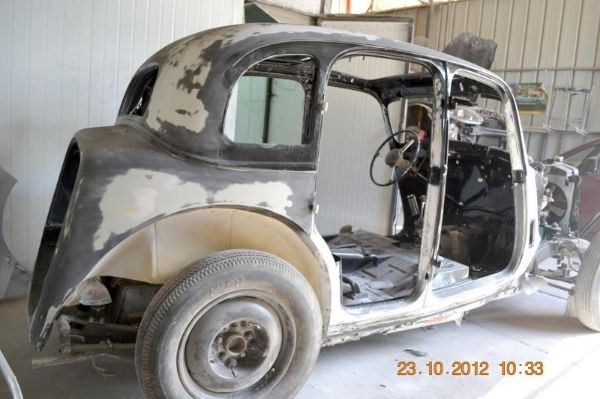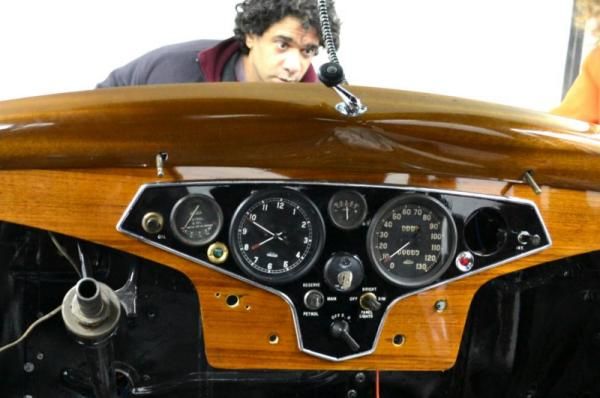The Rover master spare parts list splits the 1939 – 47 cars into two categories: Home models (39 – 47) and Export models (46 – 47). No “colonial” model is mentioned. The export models are clearly designated by the prefix R (for RHD) or L (for LHD cars) before the chassis number. Those prefixes can be found also on major units like engine, back axle, gearbox, etc.
The differences between home and export models are clearly marked in the above list.
Until 1948 Israel (then – British mandate Palestine) had been a British colony (I remember as a child studying English from The Reader - a textbook for natives of the colonies, printed in India). Several dozens of P2 had been imported to the country during 1946 – 47, all of them export models, most of them to be used by officials of the British administration. I am familiar with these cars for a very long time. Hence, if Colonial=Export - here are the differences:
The Radiator has a fan cowling (p.n 213068, 214429)
Home fan blade (p.n 06769 or 07341) 2 blades, steel.
Export fan blade (p.n 213066 or 06298) 4 blades, aluminum.
Home special pinch bolt Fixing pedal rod to pedal lever (p.n. 07397, 216157)
Export special pinch bolt Fixing pedal rod to pedal lever (p.n. 52045)
For Danish cars there was also safety plate for brake pedal (p.n. 50498)
Home speedometer MPH (p.n 06335, 50083, 213928, 05352, 89970, 213914 etc)
Export spedometer KPH (p.n 213929, 213925 etc)
Other differences are related to the lights, due to different legal requirements in different countries:
Cable. Four core (p.n. 50287)
Cable, extention for stop lamp switch (p.n. 50605)
Cable, petrol pump to ignition coil (p.n. 42288) Used when electric petrol pump is fitted.
Headlamps - too many alternarives both for home and export to mention. Page 88 in the list.
That’s all, folks. Regarding the differences in quality I believe it is kind of “foreign fields are greener” since here in the ex-colony people believe just the opposite.
Finally, some pictures of an abandoned export Rover 16 sports saloon 1946 LHD, decaying slowly in a field. It is the victim of an estate war between two sisters, and as it happens so often in wars, there are no winners, just loosers and victimes.
